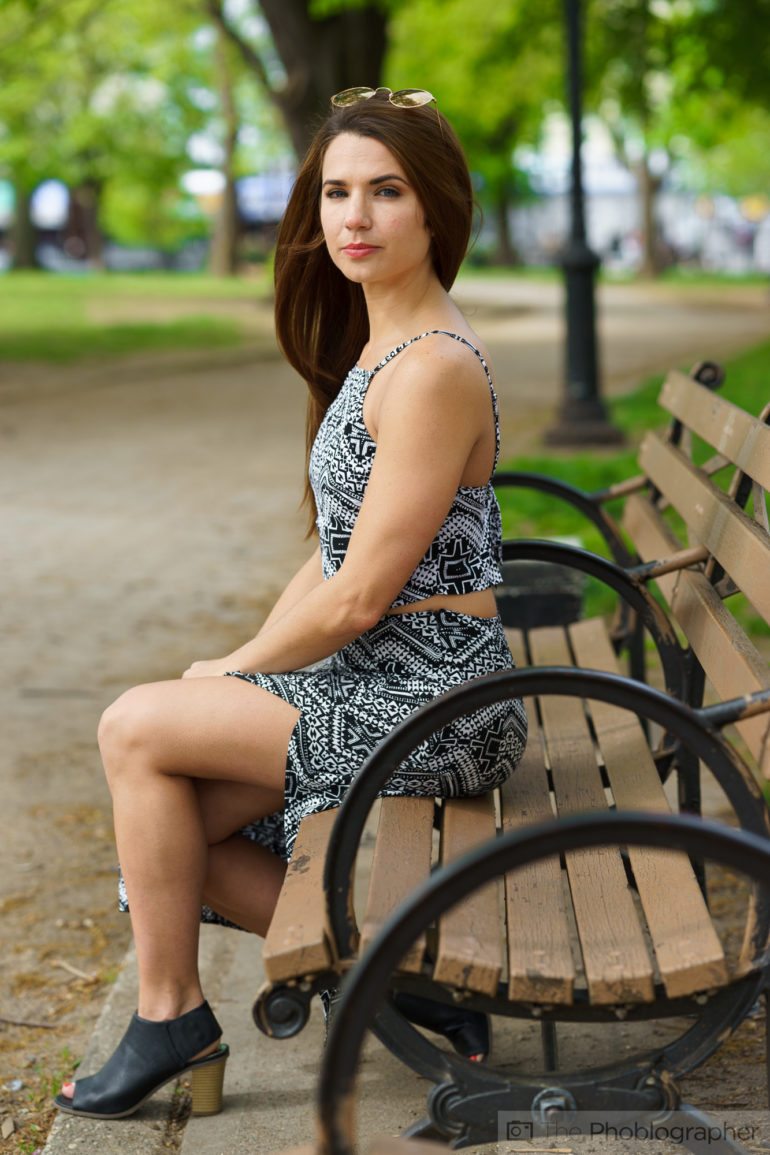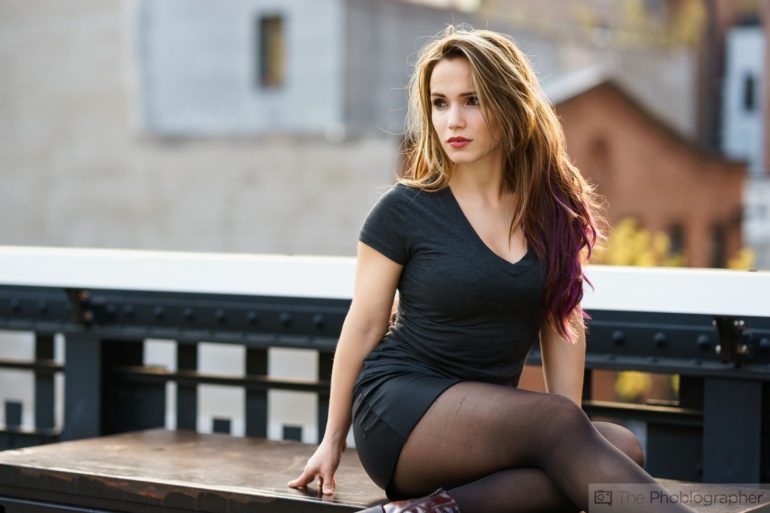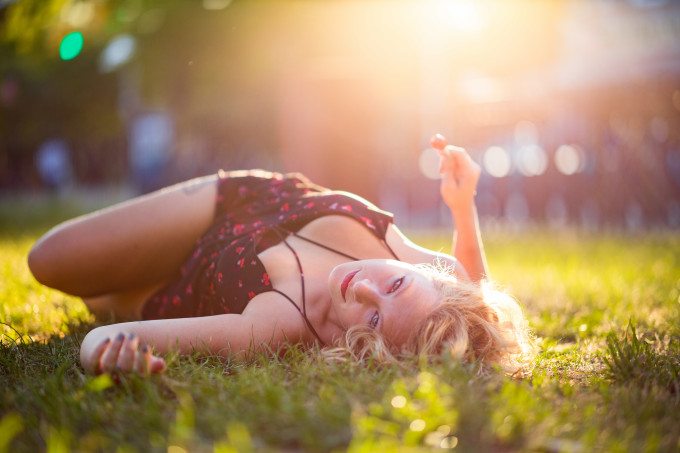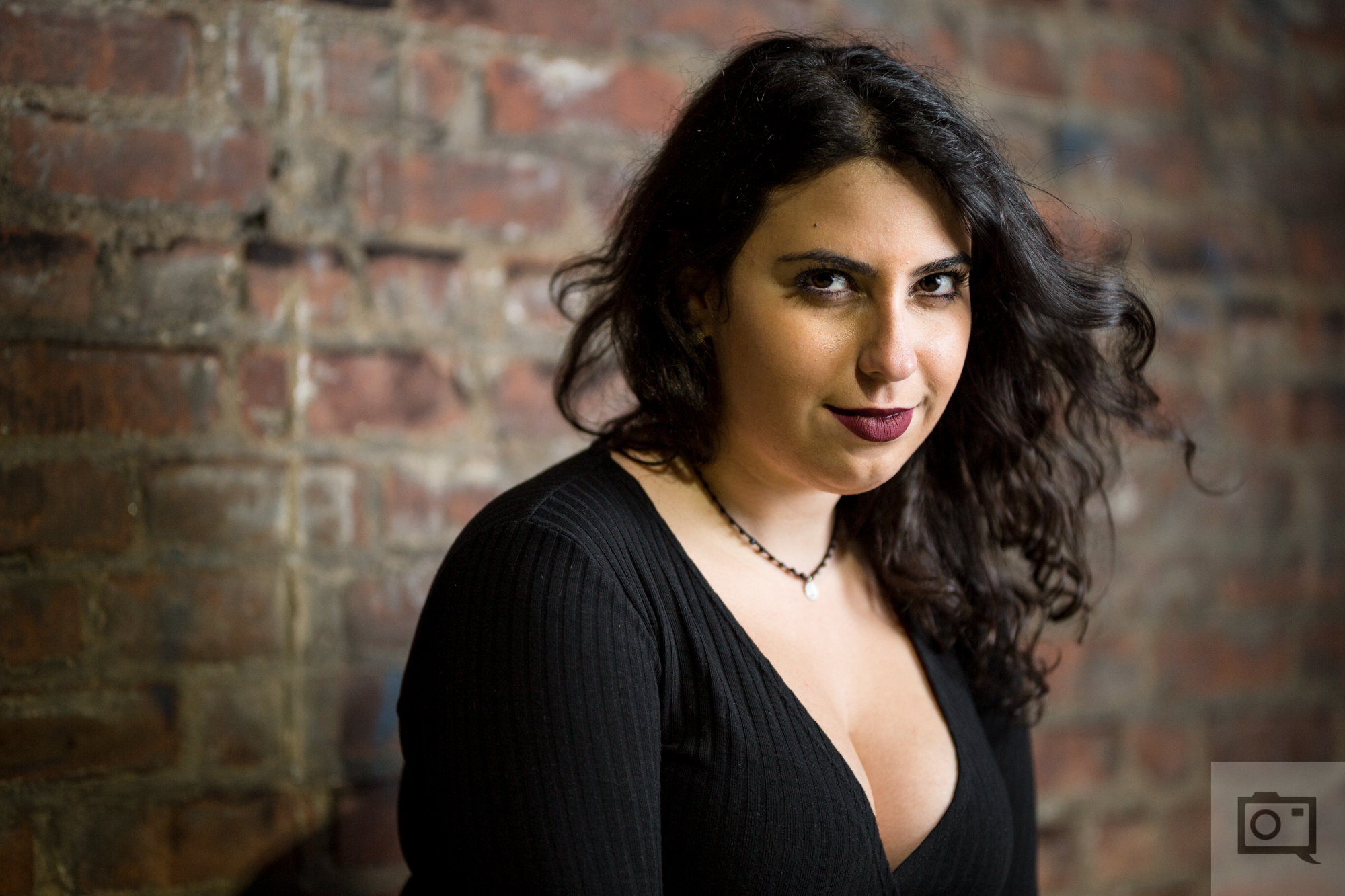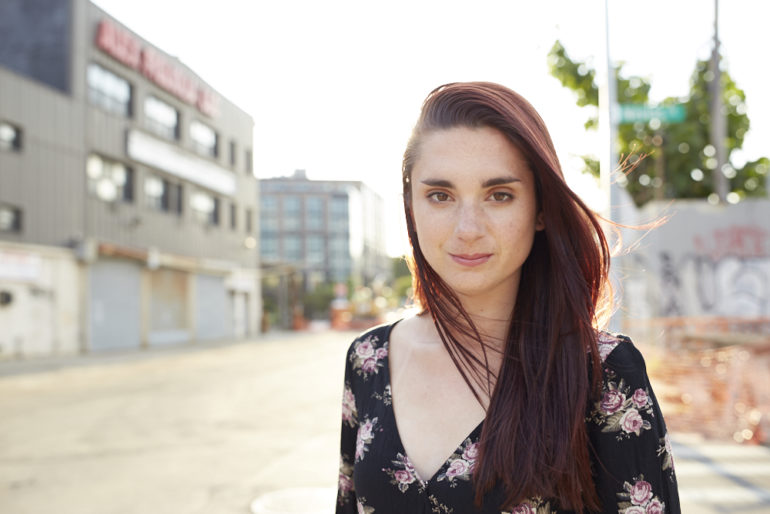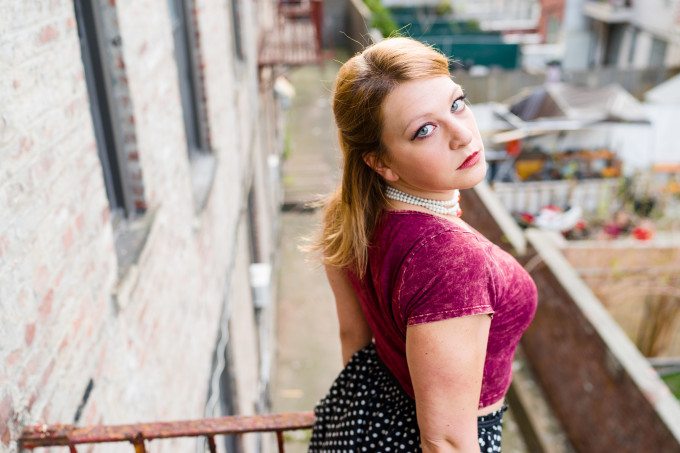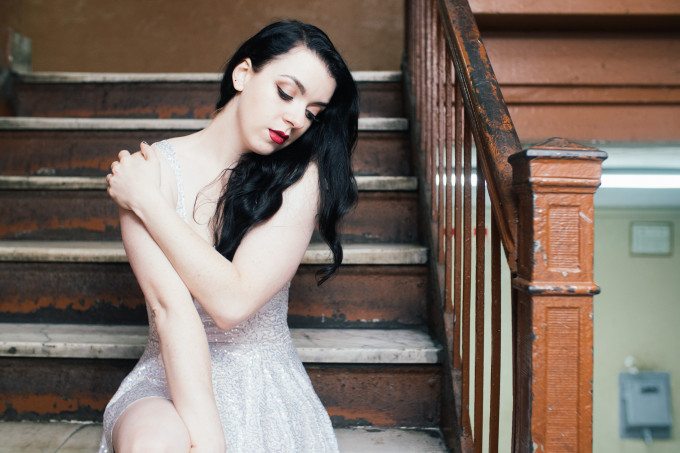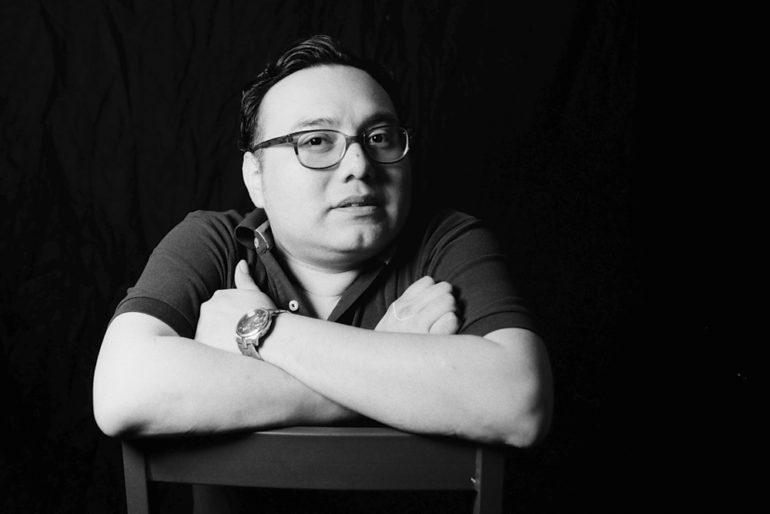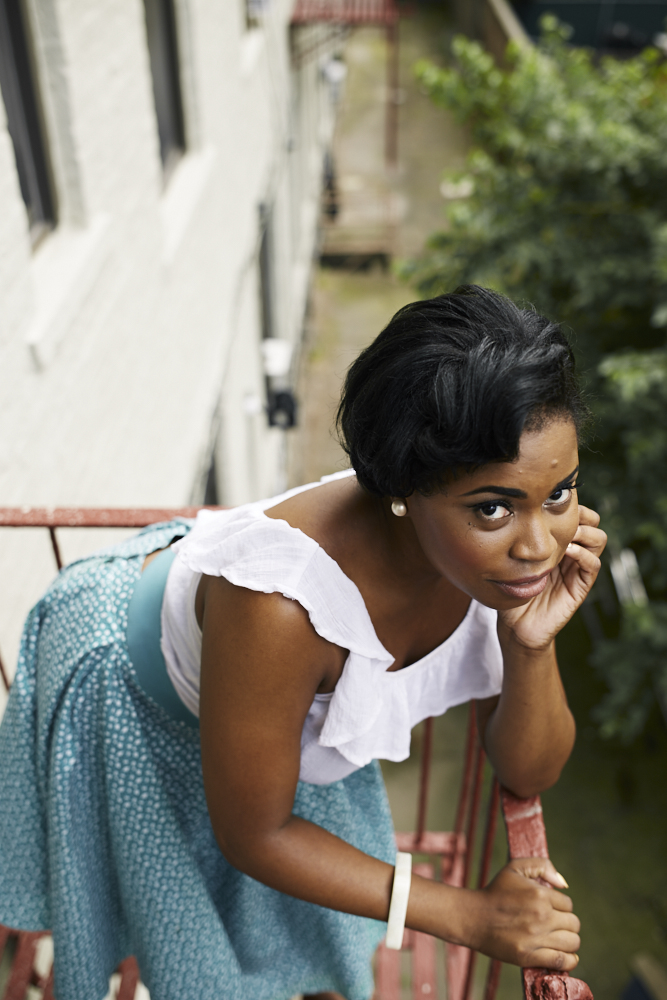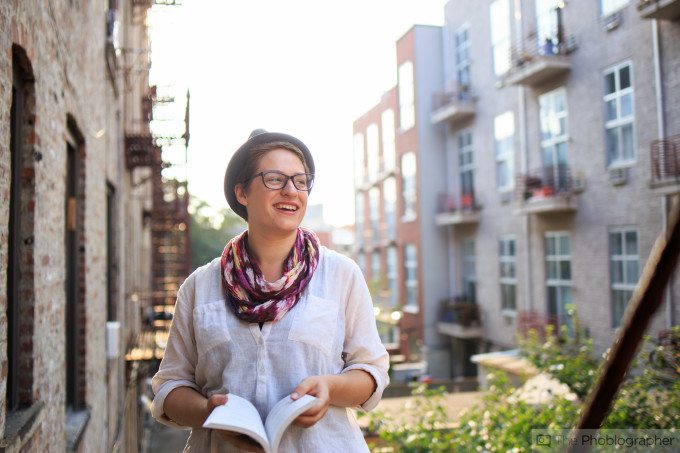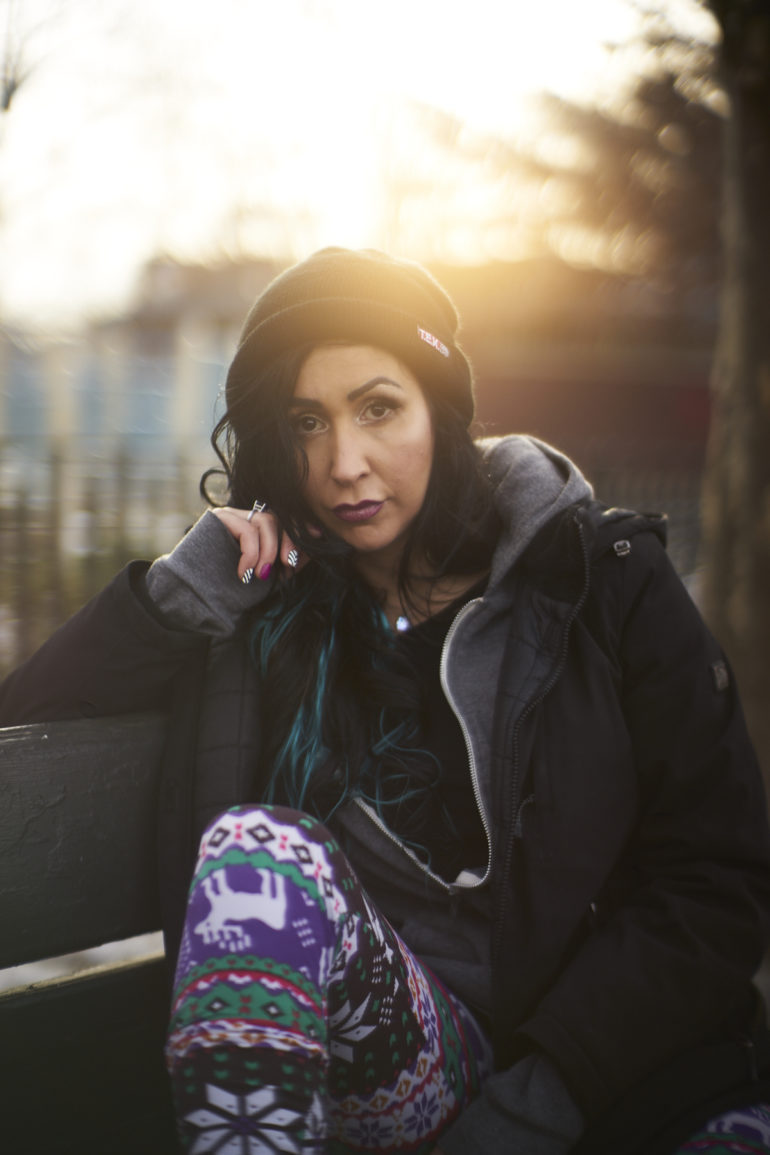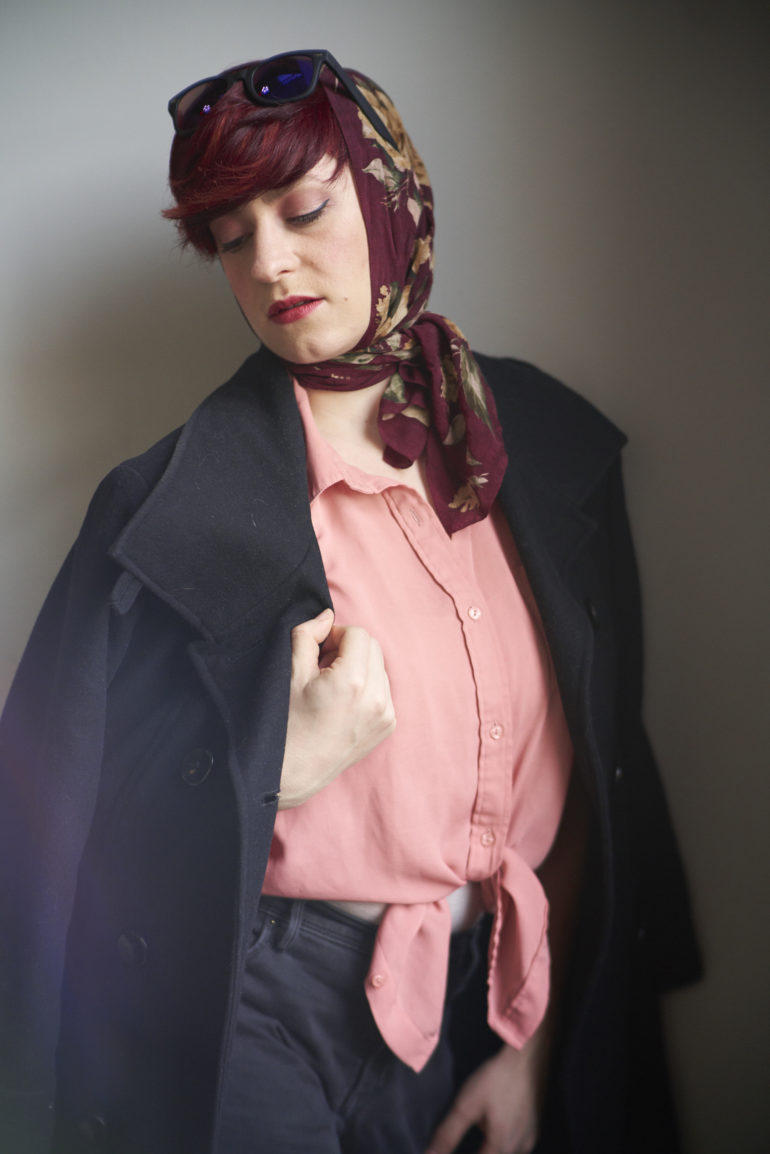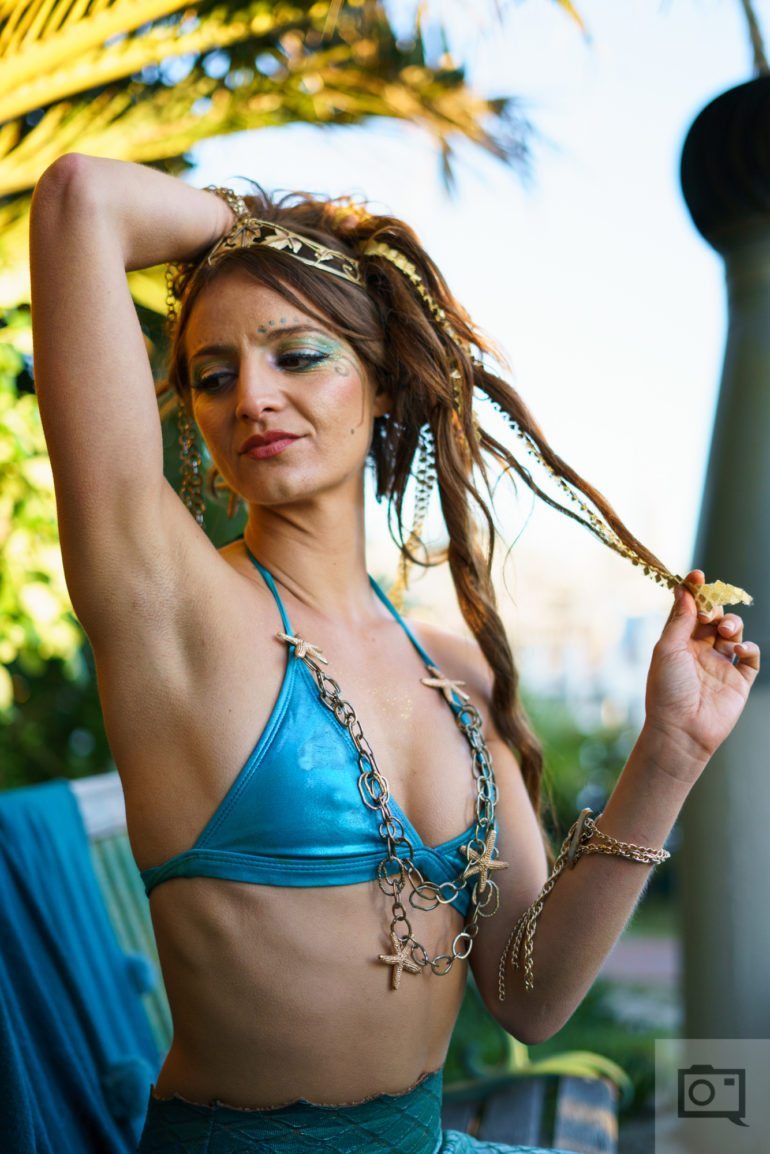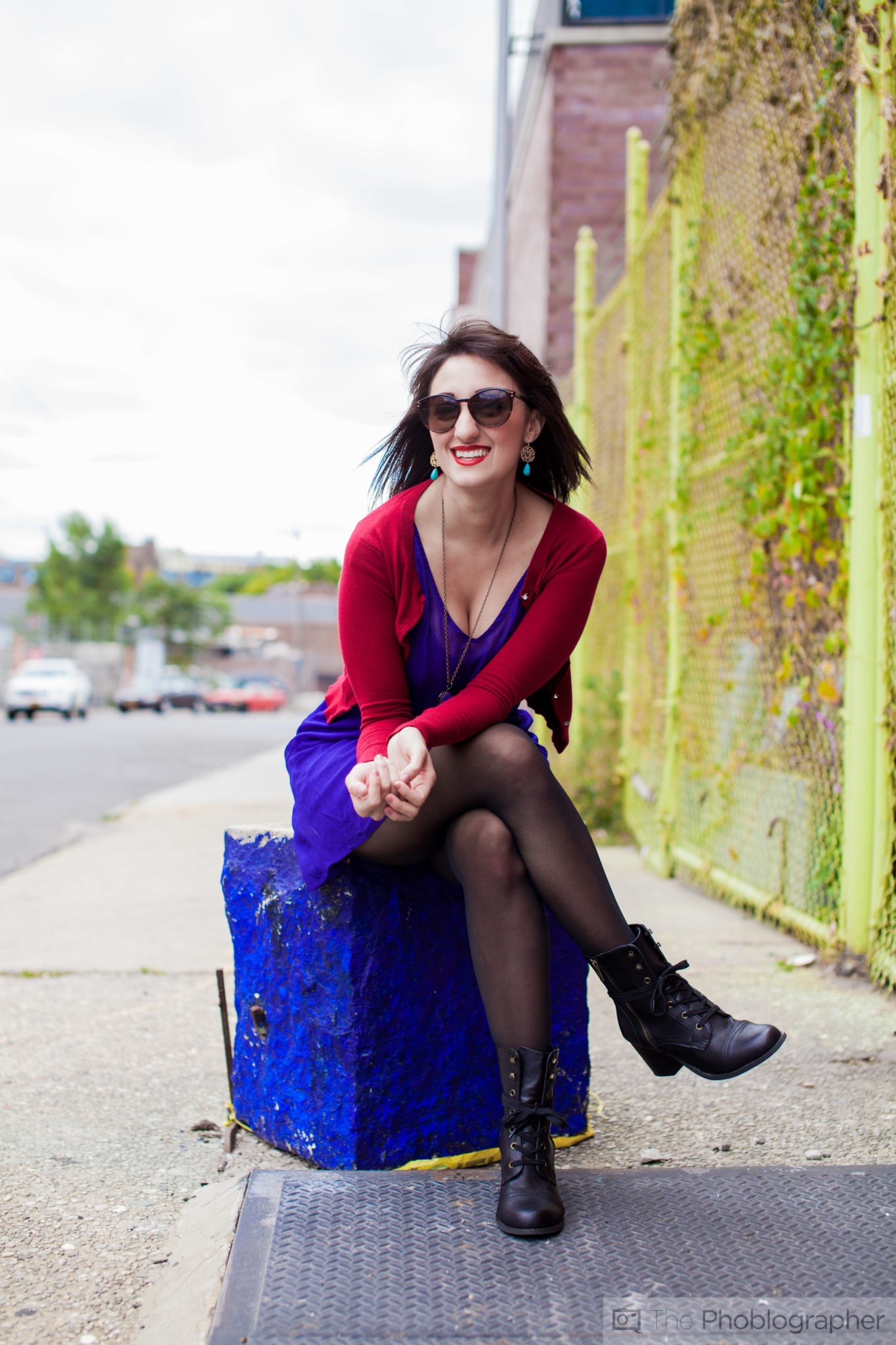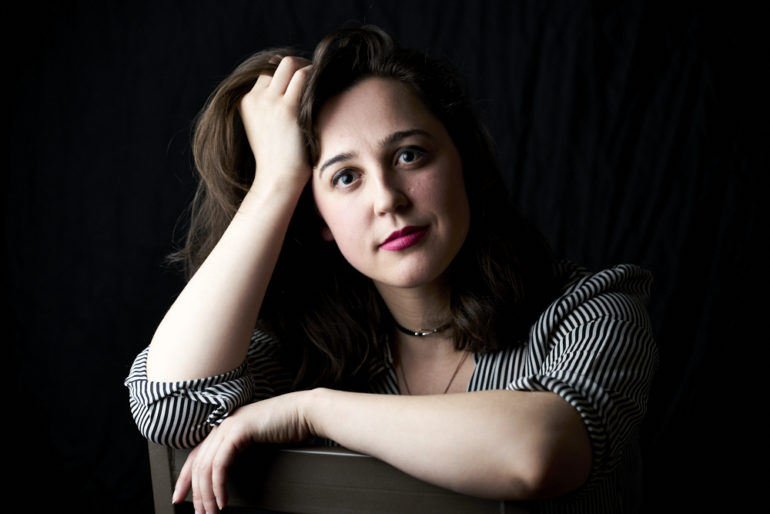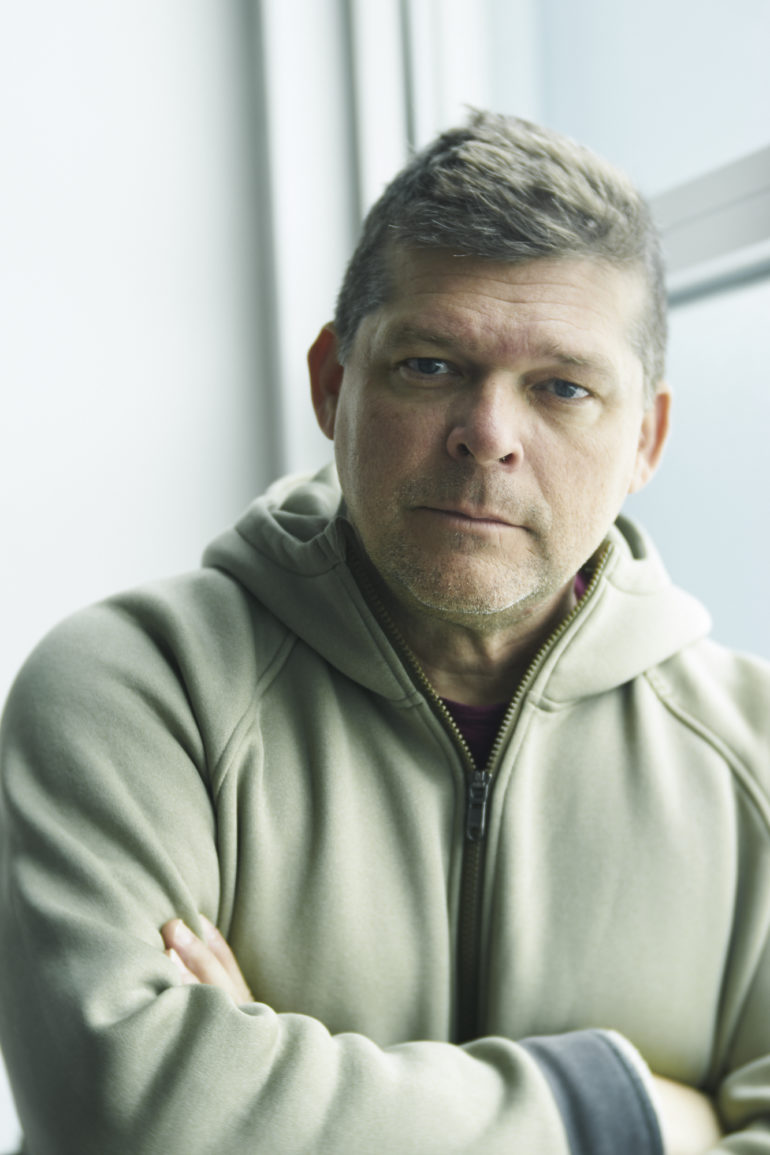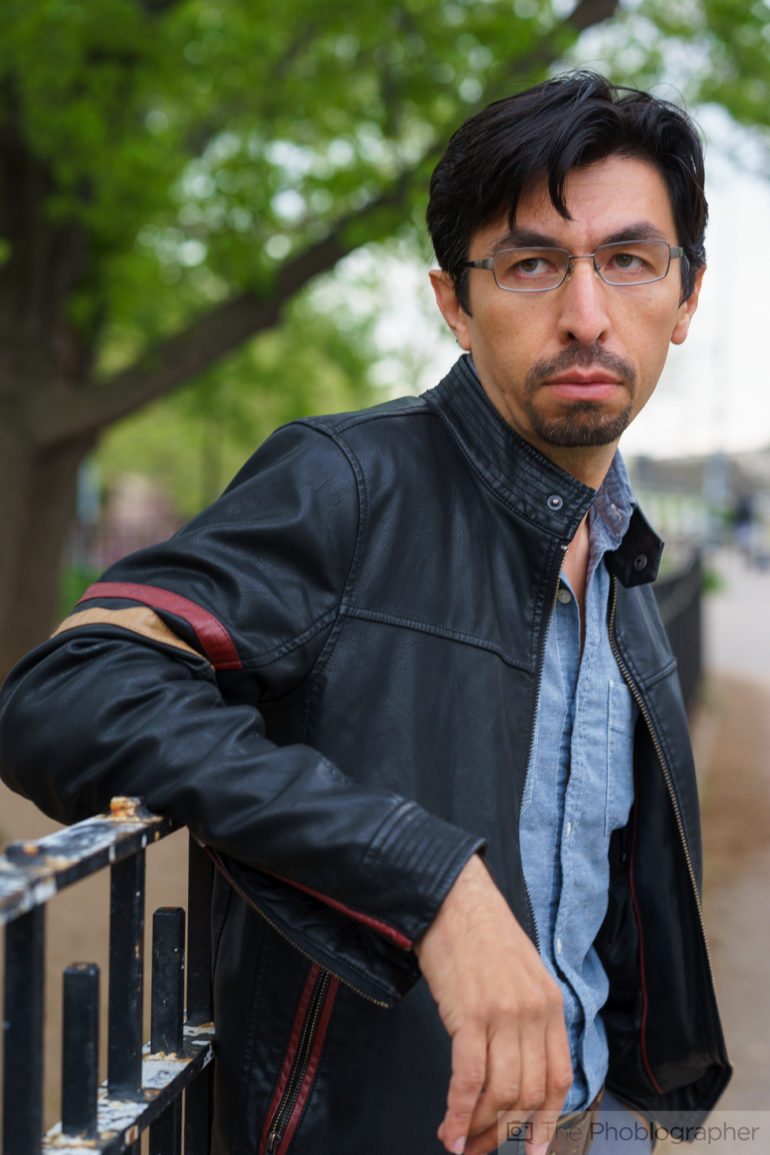Last Updated on 06/06/2018 by Mark Beckenbach
In case you were looking for a new lens for portrait photography, consider this.
Photographers who love taking portraits have most likely experimented with a variety of focal lengths, or they’re at least curious about what each does for the genre. Popular focal lengths include 85mm, but in the past few years 50mm and 35mm lenses have become better and better when it comes to portraiture. They have less distortion and overall just have a more pleasing look about them. Today, every manufacturer makes good lenses; and when it comes to portraiture the only thing to keep in mind is what sort of portrait you want to create.
What to Keep in Mind
Here are some questions to ask yourself when you shoot a portrait that will help you figure out what lens to choose:
- Who are you photographing?
- What is their body type?
- What kind of portraits are you doing?
- What is the purpose of this shooting?
- What are you getting out of it?
- What are they getting out of it?
- When are you shooting?
- What is the lighting like?
- Can you augment the scene with your own lights?
- Why the hell can’t you augment the scene with your own lights?
- How much room do you have to shoot?
35mm Lens for Portraits
The 35mm focal length is perhaps best served for what I like to call environmental portraiture. It’s a wider lens and so with most normal sized people, it’s going to make certain parts of them look bigger than they really should look. This is partly due to perspective distortion and partly due to just the design of the lens. I don’t recommend using 35mm lenses up close and personal; in my own experience it hasn’t resulted in the most flattering images unless the person is very fit. Otherwise, 35mm lenses can make most people look great when you pull back and show them in an entire scene.
Use 35mm lenses for:
- Environmental portraits
- Full body portraits
- Group portraits
- Close ups if the person is thinner
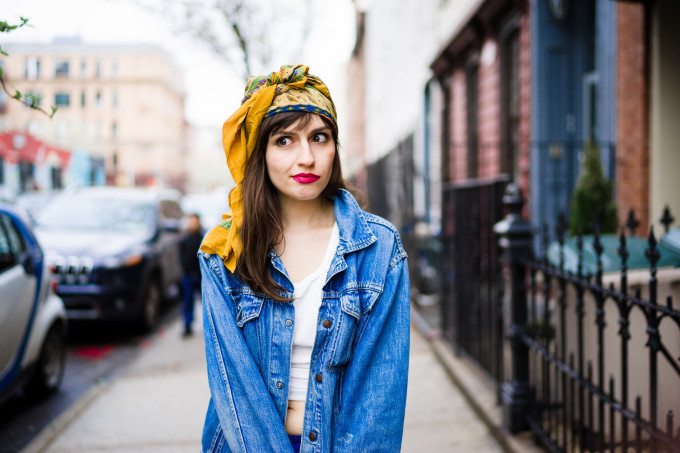
In this situation, a 35mm lens is used with very specific posing. By bringing Alberto’s arms forward, they look bigger and therefore this seems a lot more masculine overall.
50mm Lens for Portraits
The 50mm focal length is sort of an interesting one. This article pertains to proper 50mm focal length lenses and on full frame 35mm sensor cameras and film. For this, 50mm lenses can surely work out very well for portraits. But if 35mm lenses require you to be a bit further away from your subject, 50mm lenses allow you to get in a tad closer. Even so, I still wouldn’t get in incredibly close. The upper quarter of a person’s body is probably where I’d draw the line with a 50mm lens.
- Portraits of normal folks no closer than a quarter of the person, typically the upper portion
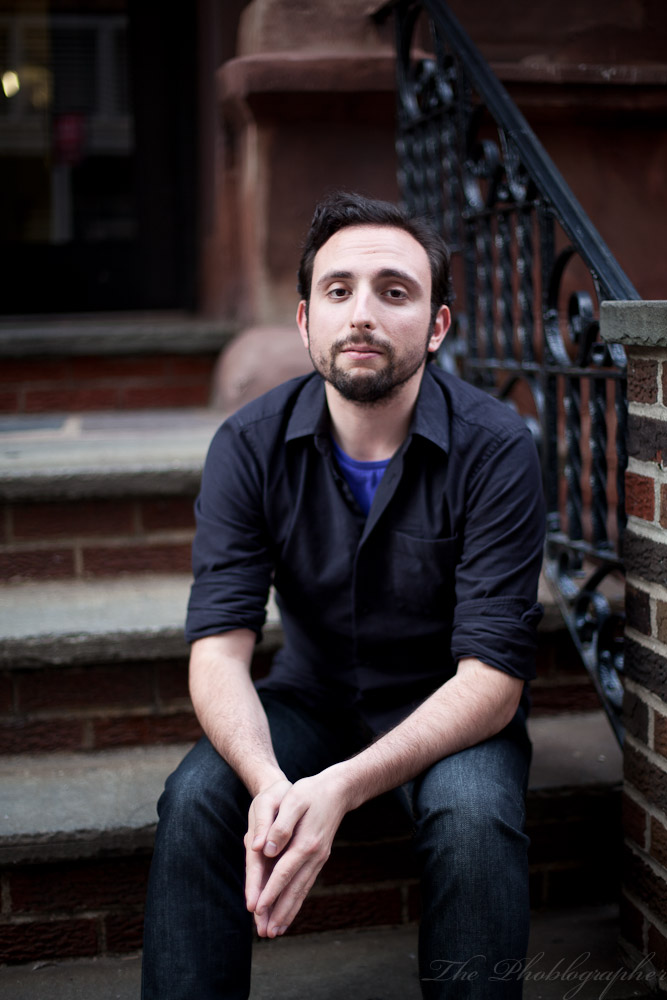
85mm Lens for Portraits
85mm lenses are truthfully the most versatile focal length for portraiture. I find that 135mm are the best for the genre, but 85mm tends to give photographers the most versatility overall when it comes to shooting. With an 85mm lens, a photographer can shoot a pretty close up headshot and they can also pull back further to get more of a subject. The only problem is that the space that you’re working in can be tight, and so 85mm may not be the best option. But if you’ve got more room, then I highly encourage going right for an 85mm lens of some sort.
Use an 85mm lens for:
- Basically, anything portraiture related
